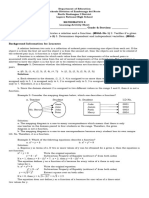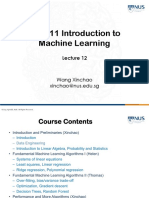0% found this document useful (0 votes)
2 views7 pagesfull_assignment_53
The document outlines assignments for the Advanced Data Structures & Algorithm Analysis course at SRK Institute of Technology for the academic year 2025-2026. It includes various questions related to AVL trees, B-trees, sorting algorithms, dynamic programming, and NP-completeness, each categorized by Bloom's taxonomy levels. The assignments aim to assess students' understanding of complex data structures and algorithms through practical problems and theoretical explanations.
Uploaded by
viksonioCopyright
© © All Rights Reserved
We take content rights seriously. If you suspect this is your content, claim it here.
Available Formats
Download as DOCX, PDF, TXT or read online on Scribd
0% found this document useful (0 votes)
2 views7 pagesfull_assignment_53
The document outlines assignments for the Advanced Data Structures & Algorithm Analysis course at SRK Institute of Technology for the academic year 2025-2026. It includes various questions related to AVL trees, B-trees, sorting algorithms, dynamic programming, and NP-completeness, each categorized by Bloom's taxonomy levels. The assignments aim to assess students' understanding of complex data structures and algorithms through practical problems and theoretical explanations.
Uploaded by
viksonioCopyright
© © All Rights Reserved
We take content rights seriously. If you suspect this is your content, claim it here.
Available Formats
Download as DOCX, PDF, TXT or read online on Scribd
/ 7































































































